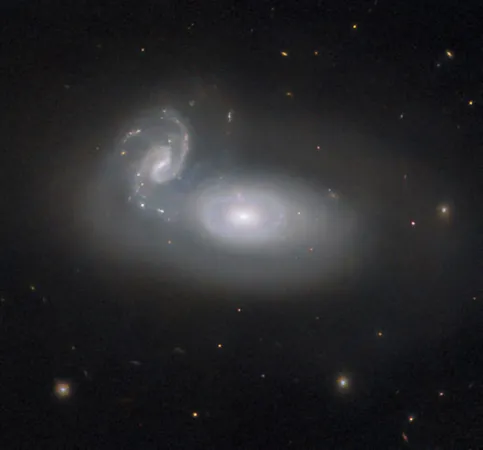
Hubble Unveils Breathtaking Interaction Between Two Galaxies in Coma Cluster
2024-11-11
Author: Mei
Introduction
In an awe-inspiring new image released by the NASA/ESA Hubble Space Telescope, astronomers have captured one of the clearest views yet of a mesmerizing duo of galaxies known as MCG+05-31-045. Situated a staggering 390 million light-years away in the constellation Coma Berenices, this galaxy pair is a testament to the grand dynamics that govern the universe.
Galaxy Designations and Location
Often referred to by various designations such as IC 3935, AGC 221216, or LEDA 44438, MCG+05-31-045 is an intriguing component of the Coma galaxy cluster, a region renowned for its density and richness containing over a thousand known galaxies. In fact, some of these galaxies can be easily spotted even by amateur astronomers wielding small telescopes.
Composition of the Coma Cluster
The Coma cluster is predominantly composed of elliptical galaxies, a feature commonly found in dense cosmic environments. The formation of these elliptical giants is often the result of close encounters between galaxies, which can stir their structures or even lead to colossal collisions that tear them apart, fundamentally altering their makeup.
Gas Interactions and Star Formation
As these galaxies interact, the gas within them faces a tumultuous fate. Gravitational forces twist and compress this gas, spurring rapid star formation. However, the lifecycle of these stars tells a different story. When the massive and short-lived blue stars exhaust their fuel, there's often insufficient gas left to create new, younger stars, leading to a gradual transition towards an ageing stellar population.
The Fate of MCG+05-31-045
For galaxies like MCG+05-31-045, which feature striking spiral arms due to their rotational dynamics, such interactions can be particularly disruptive. The beautiful spirals may soon be replaced by disarray as the structures collide, and their orbits become chaotic. Ultimately, through mergers or close encounters, galaxies like these risk being stripped of their gas reserves, leading to a predominantly red, ageing star population, characteristic of elliptical galaxies.
Astronomical Projections
Astronomers expect MCG+05-31-045 to meet a similar fate. The smaller spiral galaxy within this dynamic pair is likely to be torn apart and assimilated into the larger galaxy over time, leading to the formation of new stars, primarily the blazing blue ones, which will ultimately fade and yield a cooler, redder stellar population. This transformation is not something that will occur overnight; it will unfold over millions of years, reshaping the cosmic landscape.
Conclusion
So, as we gaze up at the night sky and admire the beauty of these celestial wonders, we are reminded of the intricate processes that continue to unfold, even in the vastness of space. The evolution of galaxies like MCG+05-31-045 serves as a reminder that even in the depths of the universe, change is the only constant—wait and see what the final picture will look like in eons to come!
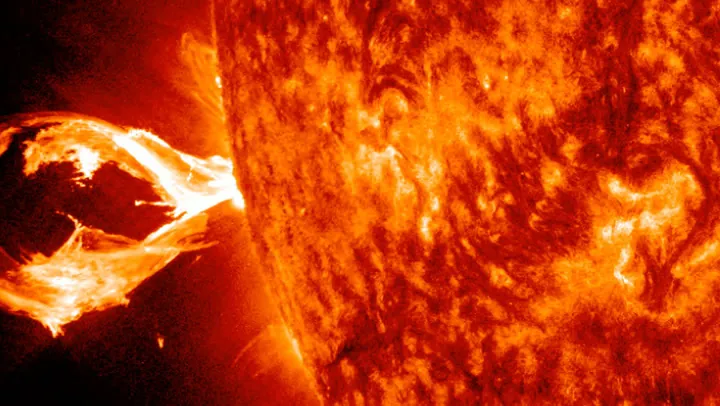
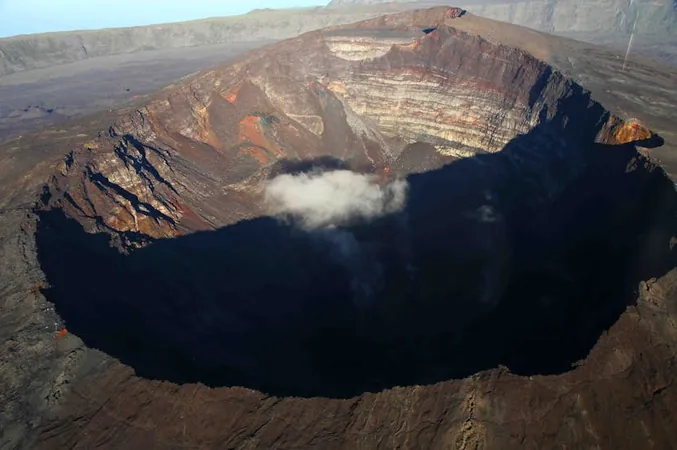
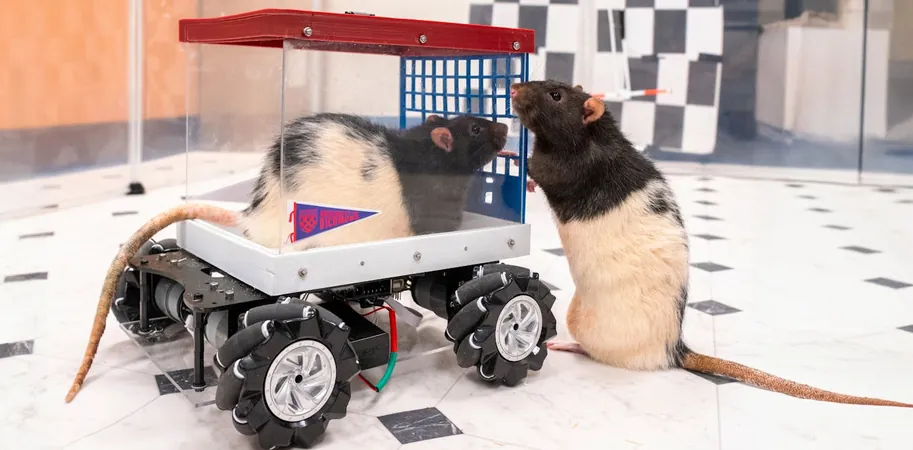
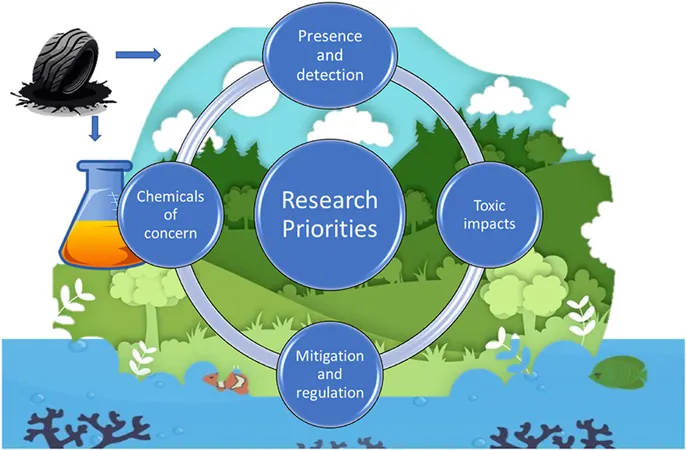
 Brasil (PT)
Brasil (PT)
 Canada (EN)
Canada (EN)
 Chile (ES)
Chile (ES)
 España (ES)
España (ES)
 France (FR)
France (FR)
 Hong Kong (EN)
Hong Kong (EN)
 Italia (IT)
Italia (IT)
 日本 (JA)
日本 (JA)
 Magyarország (HU)
Magyarország (HU)
 Norge (NO)
Norge (NO)
 Polska (PL)
Polska (PL)
 Schweiz (DE)
Schweiz (DE)
 Singapore (EN)
Singapore (EN)
 Sverige (SV)
Sverige (SV)
 Suomi (FI)
Suomi (FI)
 Türkiye (TR)
Türkiye (TR)